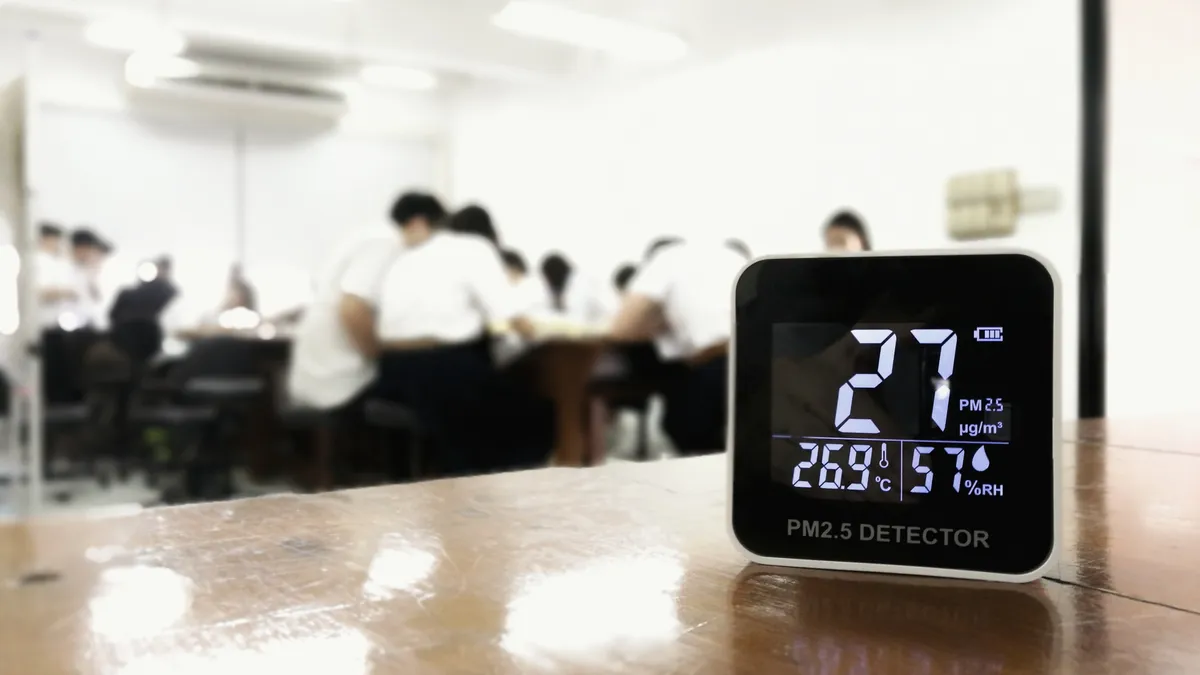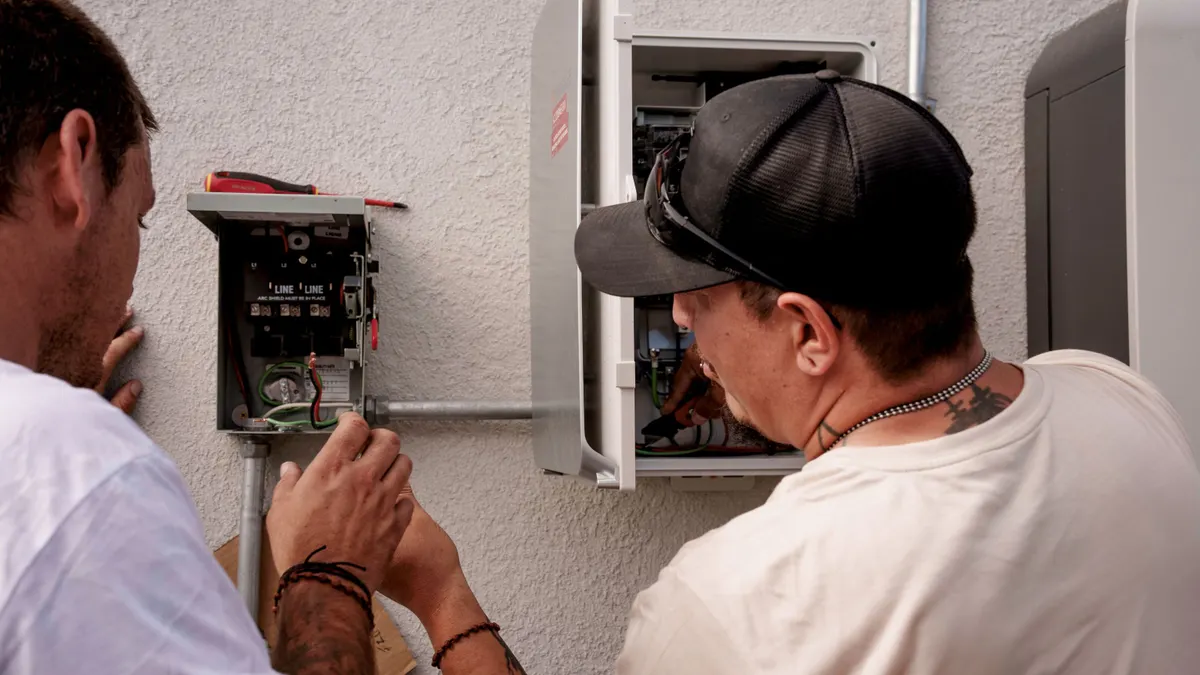Indoor air pollution has especially powerful effects on babies and young children, not only due to more time spent indoors but because they breathe more rapidly and inhale more air relative to their body size than adults, according to a working paper by the Center on the Developing Child at Harvard University.
Most spend more than 90% of their time in enclosed buildings, where air pollutants can be two to five times higher than outdoor levels due to poor ventilation, say the researchers, citing estimates from the U.S. Environmental Protection Agency.
During early childhood, the amount of time spent inside is also due to the additional time spent in childcare facilities, schools, community centers, summer camp buildings, offices and homes, according to the paper. Elevated levels occur for those during pregnancy as well, the researchers say.
One example of volatile organic compounds, or VOCs, commonly found inside children-focused locations stems from the frequent use of cleaning products — particularly scented spray products — that result in a higher risk of wheezing in early childhood and the development of asthma and lower respiratory tract infections in childhood, the researchers say.
The paper notes that actionable solutions to improve indoor air quality exist. These range from policy and regulation to pollutant-free cleaners, healthier housing and furniture materials, new building technologies and “simply maintaining and using ventilation systems with high-quality filters.”
The EPA defines indoor air quality management as the control of airborne pollutants, introduction and distribution of adequate outdoor air and the maintenance of acceptable temperature and relative humidity. Key pollutants present in children’s environments that can cause serious harm when exposure occurs include VOCs; pesticides, phthalates, forever chemicals and flame retardants; particulate matter; wildfire smoke; germs, viruses, bacteria and allergens; gases; and heat, according to the Harvard research paper.
A balanced approach to cleaner indoor air means three approaches: protection, adaptation and prevention, the paper says. Facility managers can protect occupants by monitoring indoor air quality, switching to safer cleaning products, using hooded kitchen exhaust fans that vent to the outside, and utilizing portable, room-based air purifiers with HEPA filters, according to the paper.
Adaptation includes the reduction and absorption of emissions by creating vegetation barriers, transitioning to less polluting appliances and by making buildings healthier. According to the Healthy Buildings Program at the Harvard T.H. Chan School of Public Health, an approach to improving air quality includes the use of ventilation that controls indoor sources of pollutants, providing regulation maintenance of ventilation systems and implementing an integrated pest management plan. This plan should focus on preventative measures, such as sealing entry points, preventing moisture buildup and removing trash, according to the paper.
Operators should also install and maintain adequate ventilation and filtration systems in schools located in low-income neighborhoods and verify that building systems are operating as designed. The researchers noted that proper maintenance and use of these systems is “surprisingly rare,” citing a California study of schools with recently retrofitted HVAC systems that found only 5% of classrooms met minimum ventilation rates due to improperly selected equipment, incorrect fan control settings and maintenance issues.
Prevention measures include policy interventionsand the development of health-based regulatory standards for indoor air quality, researchers say.
The EPA’s IAQ Tools for Schools program is one resource that operators can use to implement these strategies, including a framework for effective school IAQ management, guidance documents and an IAQ assessment mobile app that can be used to address critical building-related environmental health issues.










